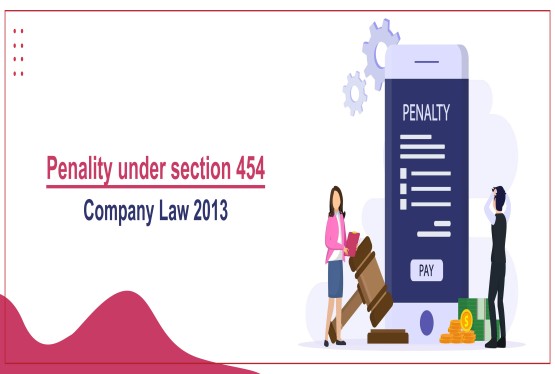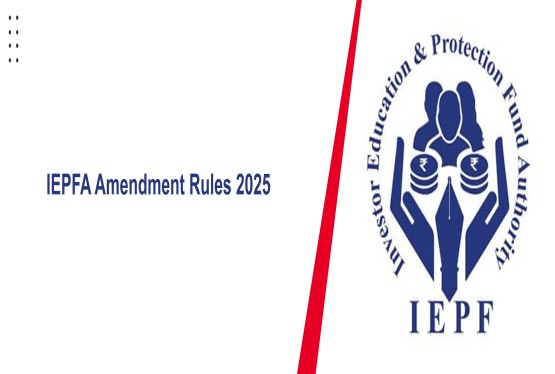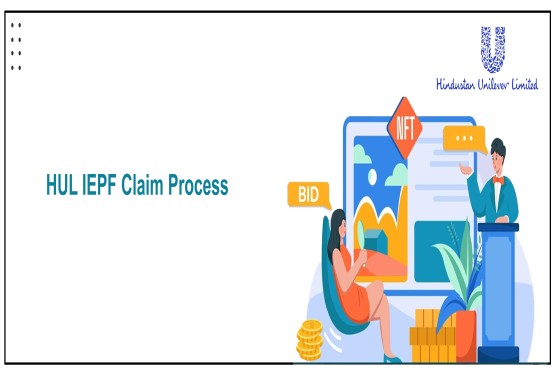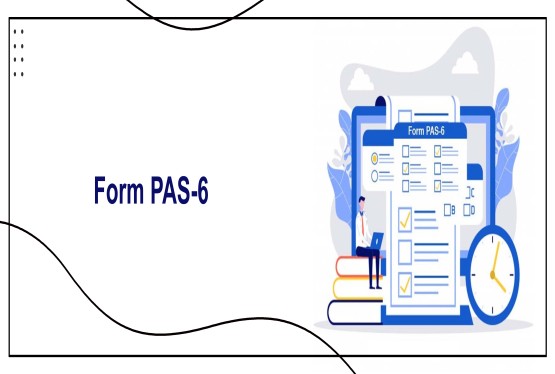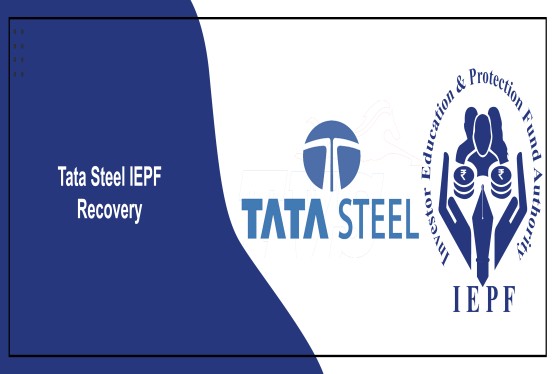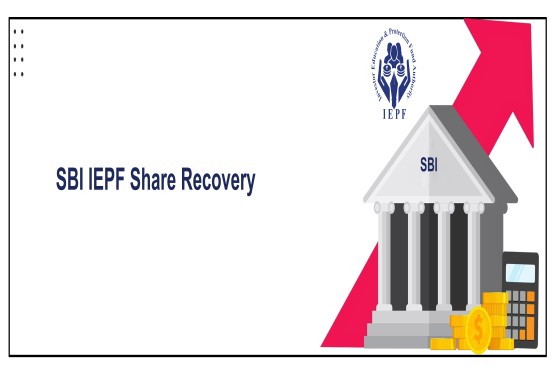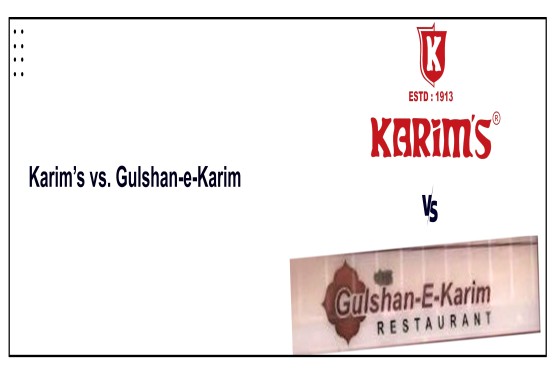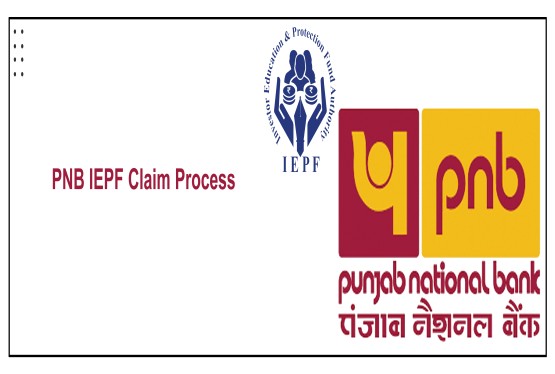Knowing IEPF and Why Claims Get Turned down Many Indian investors have lost their investments over time whether it's omitted dividends, matured deposits, debentures, or even equities. These unclaimed sums do not disappear. Companies rather send them to the government-run fund under the Ministry of Corporate Affairs (MCA) known as the Investor Education and Protection Fund (IEPF). Designed with dual aims, the IEPF aims first to safeguard investors by holding their forgotten or unclaimed money secure and then to enlighten the public about financial literacy. Although the system is transparent and safe, recovering your funds from the IEPF is not always as easy as it sounds. Many people try to assert these entitlements, especially legal heirs or candidates, but errors in the application process cause a great number of claims to be denied. From little flaws in form to major documentation problems, these errors can cause delays or even rejection.
Regretfully, even one little misstep can lead to a delay or rejection. A refusal from the IEPF can seem disappointing and perplexing for those trying to reclaim their deserved investments. The issue most often lies not in eligibility but rather in not knowing how to properly navigate the process. This is where this piece starts. Simple language will help us to walk you through the most frequent grounds for rejection of IEPF claims, clarify them, and demonstrate how to avoid them. Whether you are a legal heir seeking to claim shares, dividends, or other entitlements or an investor, this guide will help you increase your chances of a successful claim.
Learn more about Recovery of Shares.
Inaccurate or partial KYC information
Lack of thorough or accurate Know Your Customer (KYC) information is among the most frequent causes of IEPF claim denial. Even the tiniest inconsistency can present obstacles since the IEPF Authority checks claims strictly against the records of the firm and RTA (Registrar and Transfer Agent). For instance, rejection can be caused by a mismatch between the shareholder's company record name"Rajesh Kumar Sharma “and the Aadhaar or PAN card, which merely reads " Rajesh Sharma". Likewise delaying or derailing the claim are inconsistencies in father's name, date of birth, or address.
Claimants sometimes make the error of using an old KYC record. Shareholders may have modified their permanent address, bank account information, or even switched to a new cell phone number/email identity over time. The IEPF claim form will not pass the verification step if these changes were never officially conveyed to the company or RTA. In older cases especially, when shares and dividends may have been unclaimed for many years, this is very difficult.
Avoiding This Error
-
Make certain your bank information, PAN, and Aadhaar precisely match the company's shareholder records.
-
Update your name first with the company/RTA before submitting with IEPF if it has changed because of marriage, legal change, or clerical error.
-
Check your bank account information (account number, IFSC code, and branch name) for validity and accuracy.
-
To prevent later issues, submit self-attested KYC papers and, if feasible, have them certified by your banker.
Affidavit that is missing or incorrectly notarized
One of the main papers for the IEPF claim procedure is the affidavit. It is the claimant's sworn statement confirming ownership of the shares or dividends and verifying the validity of the claim. However, many candidates either omit this step altogether or submit affidavits that fall short of the stipulated standards. One of the major factors contributing to the rejection of IEPF claims is this.
Submitting an affidavit on ordinary paper instead of on suitable non-judicial stamp paper (as required under the applicable state laws) is a typical error. Equally troublesome are affidavits that are unsigned, not properly attested by a notary public, or lacking important information like the claimant's entire name, folio number, and company name. Claimants in some instances write affidavits in their own words instead of following the prescribed format given by the IEPF Authority or the business/RTA. Such variations usually lead to complete rejection.
Illustration: Assume a shareholder called Anil Mehta submits a claim for dividend recovery, but his affidavit only contains his name and PAN card information without expressly indicating the folio number and specific number of shares. The claim is probably to be rejected if the affidavit lacks these specifics even if all other papers are accurate.
How to Prevent This Error:
-
Always make the affidavit on state-mandated, correctly valued non-judicial stamp paper.
-
Adhere to the exact prescribed format specified on the IEPF portal or supplied by the company/RTA.
-
Include claimant's name, father's/spouse's name, address, folio number, company name, shares/dividends count, and declaration of legal ownership in the affidavit.
-
Keep a copy for your records and have the affidavit correctly notarized.
-
Present a thorough and acceptable claim application by attaching the affidavit with additional supporting papers.
-
Claimants not only bolster their case by submitting a well written and notarized affidavit, but also project credibility, hence lowering the possibility of rejection or postponement
Absence of Appropriate Indemnity Bond
Especially for claims involving greater amounts (usually above Rs.10,000 for dividends or any amount related to shares), another important paper needed by the IEPF Authority is an Indemnity Bond. This bond's aim is to formally link the claimant to indemnify the IEPF as well as the corporation against any future claims, fraud, or conflicting claims that may arise. In basic terms, it shields the IEPF Authority from liability should another person later dispute the claim. Rejection results from many claimants either totally exclude this document or submit it in an incorrect manner. One often error is writing the indemnity bond on plain paper instead of the mandated non-judicial stamp paper of suitable value. Other times, the bond is given unsigned, undated, or without the claimant's complete information including folio number, corporate name, and number of shares/dividends demanded. Failure to have it carried out correctly is yet another typical error, especially when several legal heirs or joint owners are involved; each applicant must sign the bond.
Illustration: Imagine a shareholder's son claims 1,500 unclaimed shares worth Rs.3 lakhs but turns in an indemnity bond written on regular paper with only his signature. Later, another heir opposes claiming joint ownership. The IEPF Authority denies the allegation straightaway because the bond was incomplete and invalid.
How to Prevent This Error:
-
Based on state law, set up the indemnity bond on valid non-judicial stamp paper.
-
Use the exact format suggested by the IEPF portal or the RTA, without omitting phrases or altering the language.
-
Make sure all claimants (in case of joint holders/legal heirs) sign the bond and that their signatures correspond with the official documents.
-
Clearly state the claimant's name, address, folio number, business name, and share/dividend value.
-
Before submission, keep a certified or authenticated copy for your records.
Submitting a legitimate indemnity bond helps applicants create legal protection for their cl Okay. Let's now elaborate on Head 5: Bank Details Not Verified or Inconsistent.
Bank information either unreliable or unconfirmed
Dividends or earnings from shares are released by the IEPF Authority only by direct credit to the claimant's bank account. For this reason, right and proven bank information is very important. Still, either submitting insufficient information or failing to have the bank accurately confirm it is among the most frequent causes for claim rejection.
Claimants often make the mistake of just attaching a photocopy of their passbook or a cancelled cheque without first checking with the bank manager to confirm the information. Many times, applicants ignore contradictions like a conflict between the name on the bank records and the shareholder's name on company documents. Rejection can be brought on even by something as minor as a dormant bank account, an aged IFSC code, or an outdated account number.
Illustration: A shareholder called Meera Gupta files for recovery of unpaid dividends but gives information from an old savings account that was closed five years ago. The IEPF Authority cannot handle the payment even if all other paperwork is in good condition; this will result in rejection or a long delay.
Avoid this blunder by means of:
-
For the claim, have an active and functional bank account. Make sure it is under the name exactly as recorded by the shareholder. Include a signed and sealed bank attestation letter from the branch manager expressly stating the account number, IFSC, and holder's name.
-
Verify that the shareholder’s name in the corporation/RTA records exactly matches the name on bank records.
-
Give a cancelled cheque leaf (with name pre-printed, if available) to verify your legitimacy. Unless the shareholding itself is in joint names, stay away from joint accounts.
Claimants can avoid one of the major obstacles in the IEPF claim procedure and guarantee easy transfer of funds by making sure bank information is accurate and properly verified.
Ignoring Transmission Requirements Legal Heirs/Deceased Holders
Many IEPF claim refusals result in situations when the legal heirs or nominees try to submit claims straight with the IEPF Authority, assuming the original shareholder has passed away. Many candidates miss that the IEPF procedure is secondary the first step is always to finish the shares transmission with the concerned firm or its Registrar and Transfer Agent (RTA). The IEPF Authority has no legal basis to identify heirs as legitimate claimants in the absence of this.
The firm/RTA replaces the name of the deceased holder with that of the legal heir(s) or designee(s) in its shareholder records during transmission. Omitting this essential step will cause the IEPF portal to keep reflecting the original shareholder's information, therefore creating a mismatch that results in automatic denial.
Illustration: Mr. Suresh Malhotra, a stakeholder, passed away in 2010. His daughter files an IEPF claim straight without submitting the succession certificate or finishing the transmission process with the company's RTA. She is not yet officially acknowledged as the shareholder, therefore the IEPF Authority will deny her claim even if she links her Aadhaar and PAN.
How to Prevent This Misstep
First, begin shares' transmission with the corporation or RTA by providing the following necessary papers:
-
Death Certificate of the stockholder- Legal Heir Certificate / Succession Certificate / Probate of Will (whichever appropriate)
-
Affidavit and Indemnity Bond if any needed.
-
Only once your name is included in the company's shareholder records and the transmission has been authorized should you submit the claim on the IEPF-5 portal.
-
The process is easier if you are a nominee already registered with the business, but IEPF filing demands formal acknowledgement from the company/RTA first.
-
Always retain copies of transmission authorization letters since they are required IEPF claim attachments.
Heirs can prevent needless rejection and save months of delay in reclaiming rightful investments by guaranteeing transmission is finished before approaching IEPF.
Not submitting DIR-5 or other compulsory forms for directors.
In some situations, particularly when the claimant is a director or prominent managerial person, specific additional compliance documents may be needed. For instance, if a director must turn in their Director Identification Number (DIN) relating with corporate records, Form DIR-5 is needed. Claimants sometimes neglect these additional formalities, thinking that just the overall IEPF-5 submission is enough.
Missing these required forms results in compliance gaps that cause automatic rejection. Claimants may occasionally be asked to submit more declarations or company-specific papers even if they have no ties with directors. Overlooking these procedures slows the process needless.
How to prevent this error
-
Find out if any special category requirements apply to your claim (e.g., director-related filings, NRI shareholder requirements, or nominee-specific rules).Before submitting IEPF-5, look at the company's RTA for a list of necessary additional forms.
-
Where appropriate, send DIR-5, surrender forms, or any supporting declaration with the IEPF claim.
Empathetic these less typical but significant compliance rules helps claimants to prevent rejection for solely procedural grounds.
Mismatch Between Claim Form (IEPF-5) and Actual Papers
Another often-occurring problem is inconsistency between information entered online in IEPF Form-5 and attached supporting documents. The Authority is enough to immediately reject the claim even with small errors entering the wrong folio number, demat ID, or firm name.
For instance, rejecting is caused by uncertainty and conflict when the claimant inputs 100 shares in the IEPF-5 form but sends supporting documentation for just 50 shares. Likewise, many people erroneously upload documents from one company while completing the form for another.
How to Stay Clear of This Error
Before submitting, cross-check every form entry (folio number, company name, number of shares/dividends, bank information).
Make sure the supporting papers precisely match the information submitted on the web form.
-
Keep copies of the last submitted IEPF-5 form for reference so that you may properly arrange papers. A claim only has power in its internal consistency. Matching every element in the form with the supporting documents guarantees a more efficient approval procedure.
Failure to Follow and Answer RTA/IEPF Inquiries
Filing an IEPF claim does not end with submitting the form. Should either the company's RTA or the IEPF Authority spot inconsistencies or need clarification after submission, questions may arise. Many candidates reject their claims owing to non-response since they either neglect to regularly verify their claim status or disregard emails/letters from the RTA.
Illustration: Let's say a claimant forgets to provide a notarized affidavit after submitting all the other paperwork. The RTA sends a hint asking for the missing affidavit. Though the error was fixable, if the claimant does not react within the allotted time the claim is rejected.
How to Prevent This Error
-
Keep track of the status of your claim on the IEPF website often.
-
Answer any company/RTA concerns or objections as fast as possible.
-
To guarantee you receive contact from officials, keep your contact information and email current.
A successful claim is often distinguished from a rejected one by prompt follow-up.
Conclusion
Though meant to assist investors in regaining their rightful dividends and shares, the IEPF claim procedure is very procedural. Even small mistakes including mismatched signatures, missing affidavits, invalid paperwork, or unconfirmed bank information can cause denial. Most rejections come from claimants' failure to adhere to the rigorous documentation and verification standards rather than from ineligibility.
Knowing these 10 often made errors and taking preventative measures can greatly increase the likelihood of success for investors and their heirs. The key is accuracy, completeness, and vigilance making sure every document is updated, every detail matches, and every question is swiftly answered.
Getting investments back from IEPF appears difficult, but with adequate planning, meticulous attention to detail, and quick follow-up, the procedure turns out to be seamless and effective, enabling claimants to rightly recover their long-forgotten shares and dividends.
Frequently Asked Questions (FAQs)
Q1. What is the most common reason for IEPF claim rejection?
Ans. The most common reason is incomplete or incorrect KYC details such as mismatched names, PAN/Aadhaar discrepancies, or outdated bank details.
Q2. Can an IEPF claim be re-filed if rejected once?
Ans. Yes, claims can be re-filed after correcting the deficiencies pointed out by the company/RTA or IEPF Authority. However, the process takes additional time.
Q3. Is an affidavit mandatory for all IEPF claims?
Ans. Yes, an affidavit is mandatory for every claim, regardless of the value. It must be notarized and prepared in the prescribed format.
Q4. When is an indemnity bond required in IEPF claims?
Ans. An indemnity bond is required when the claim amount is above Rs.10,000 for dividends or for any claim involving shares, regardless of their value.
Q5. What should legal heirs do if the original shareholder has passed away?
Ans. Legal heirs must first complete the transmission of shares with the company/RTA using documents like succession certificate, probate of will, or legal heir certificate before filing IEPF-5.
Q6. How do I know if my IEPF claim has been approved or rejected?
Ans. You can track your claim status on the official IEPF website using the SRN (Service Request Number) generated after filing Form IEPF-5.
Q7. What happens if my signature has changed over the years?
Ans. If your signature no longer matches company records, you must provide a banker’s attestation or affidavit confirming the signature change to avoid rejection.
Q8. Can IEPF claims be filed online only, or is physical submission also required?
Ans. Both are required. You must first file Form IEPF-5 online and then submit the physical set of documents (including affidavits, indemnity bond, and supporting papers) to the company’s Nodal Officer/RTA.
Q9. What is the role of the company’s Nodal Officer in the IEPF claim process?
Ans. The Nodal Officer verifies your documents and forwards the claim to the IEPF Authority with a recommendation. Without their approval, IEPF will not release the funds/shares.
Q10. How long does it usually take to get shares or dividends back from IEPF?
Ans. The timeline varies, but on average it may take 6 to 12 months depending on document accuracy, company/RTA response, and IEPF Authority’s processing speed.

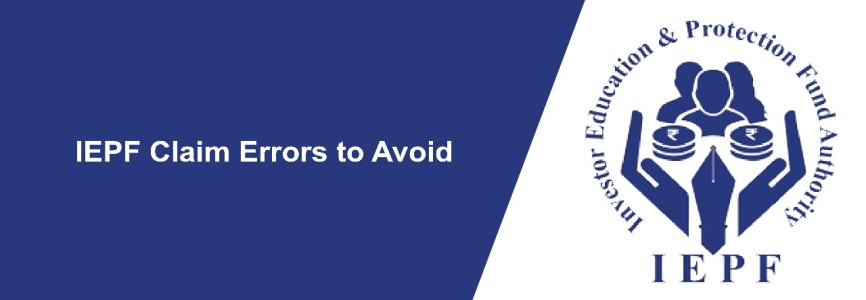









































































_crop10_thumb.jpg)




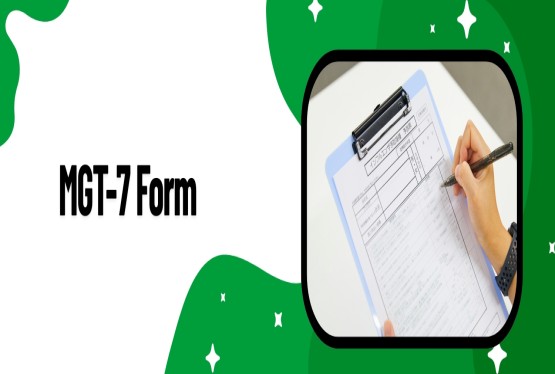





























































_crop10_thumb.jpg)
_crop10_thumb.jpg)



_crop10_thumb.jpg)


_crop10_thumb.jpg)





_crop10_thumb.jpg)

_crop10_thumb.jpg)














-suratgujarat-section-158_crop10_thumb.jpg)
-suratgujarat_crop10_thumb.jpg)
-(33)_crop10_thumb.jpg)



-ahmedabad_crop10_thumb.jpg)
-learn_crop10_thumb.jpg)

-learnn_crop10_thumb.jpg)



























































_crop10_thumb.jpg)























_Guidelines_learn_crop10_thumb.jpg)























_learn_crop10_thumb.jpg)
_crop10_thumb.jpeg)










_crop10_thumb.jpg)




_Second_Amendment_Rules,_2025_learn_crop10_thumb.jpg)







_learn_crop10_thumb.jpg)






















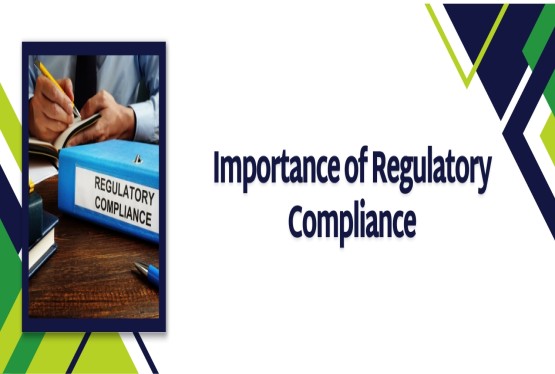








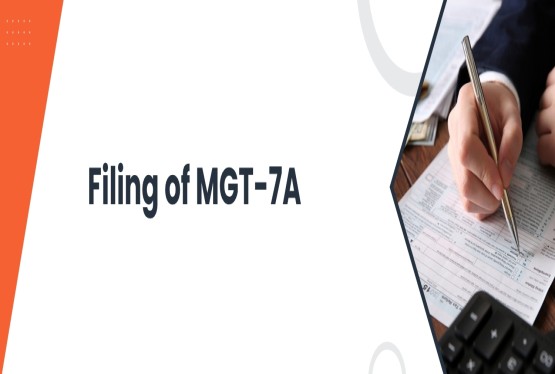
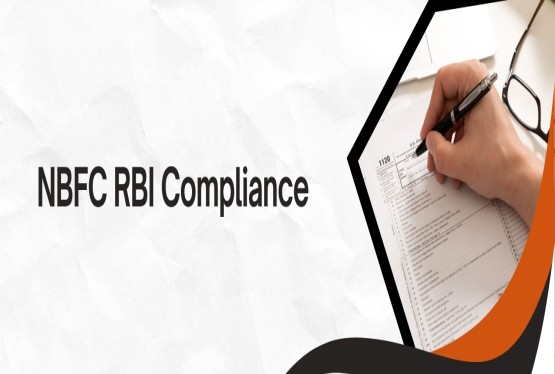


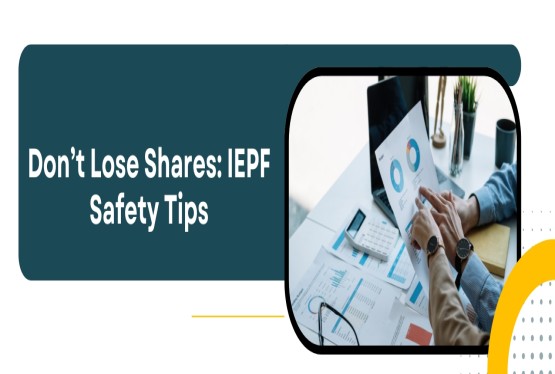


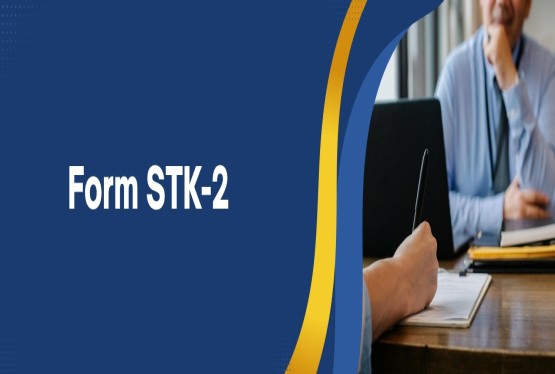
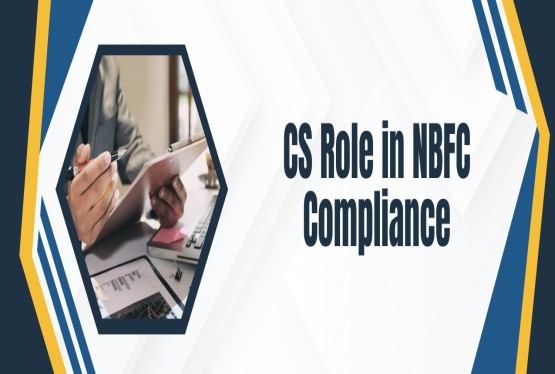




_learn_crop10_thumb.jpeg)

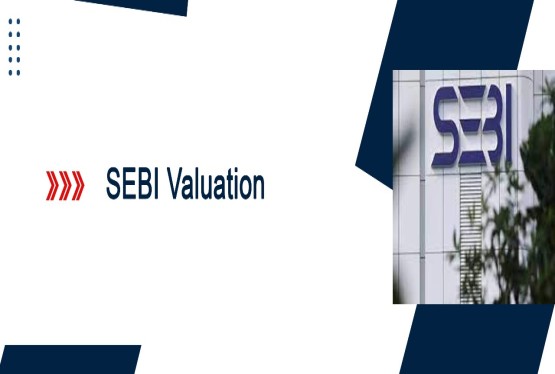



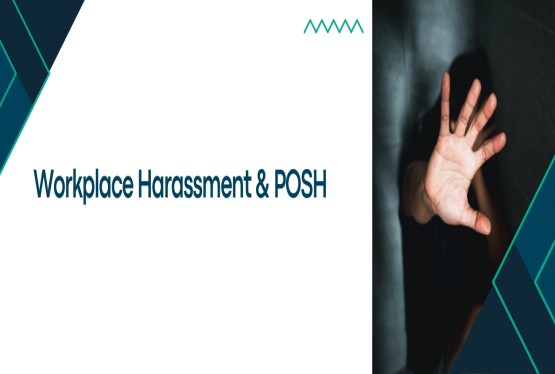
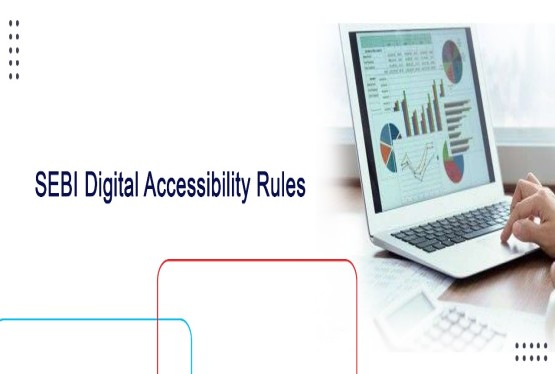


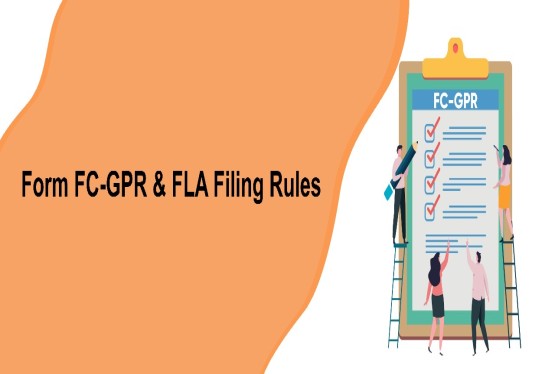
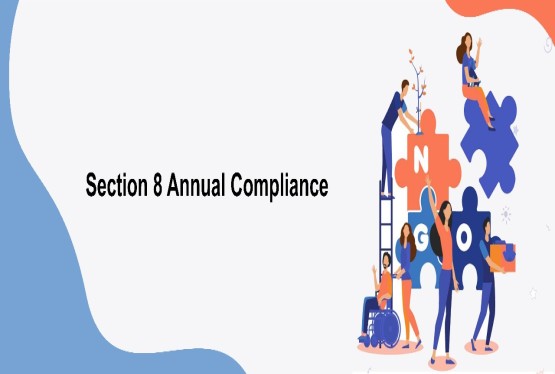
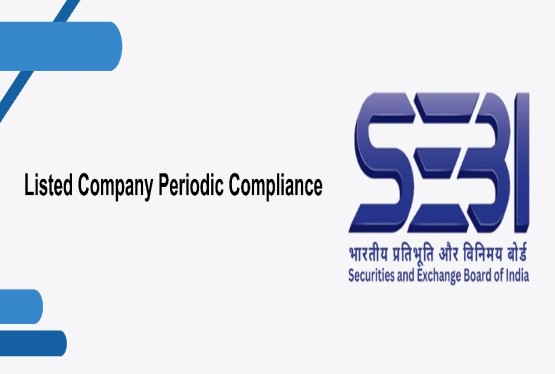



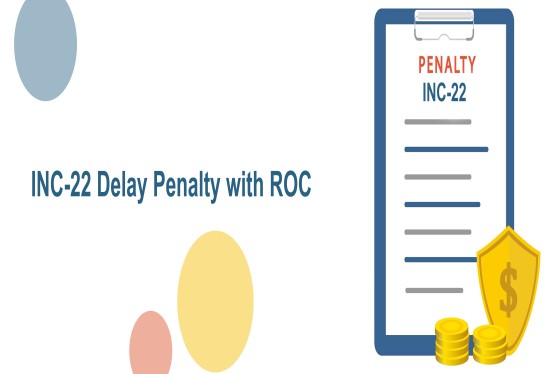


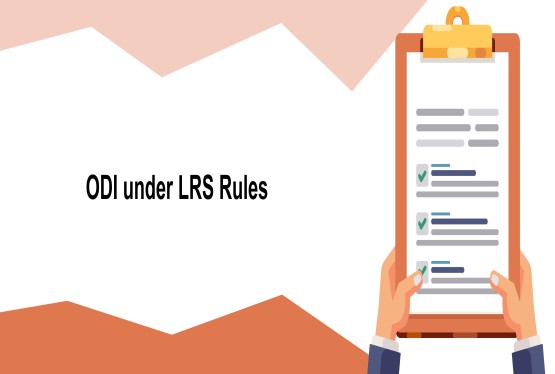
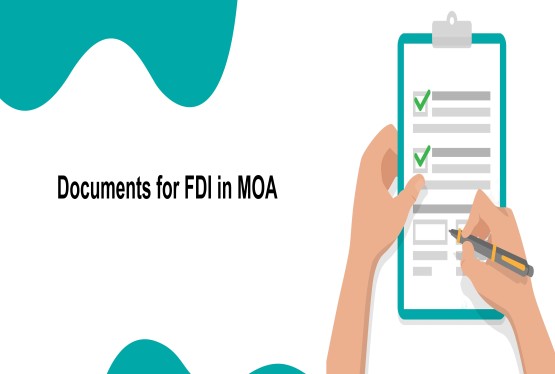


_learn_crop10_thumb.jpg)
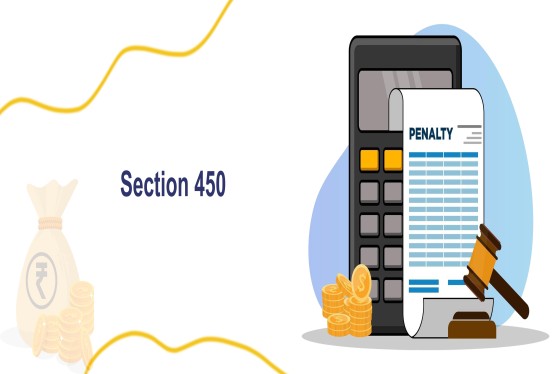

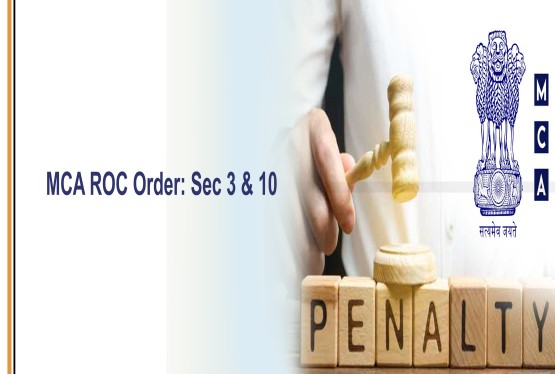
_rd_roc_learn_crop10_thumb.jpg)
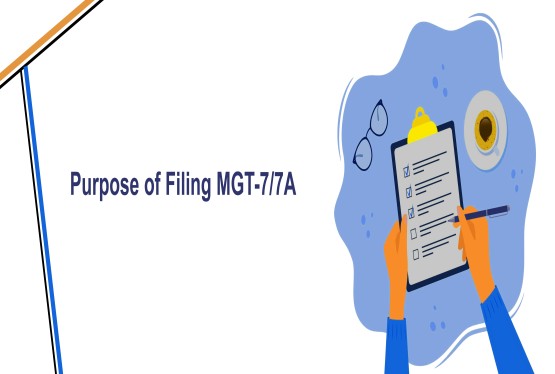
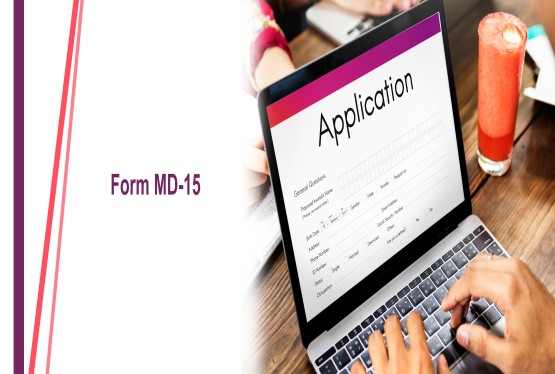


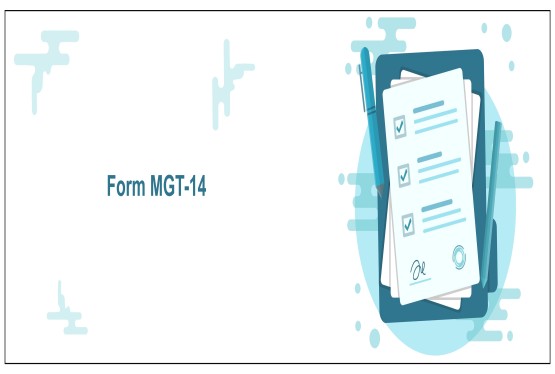
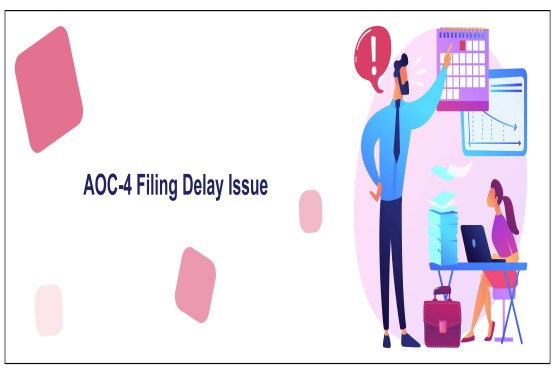
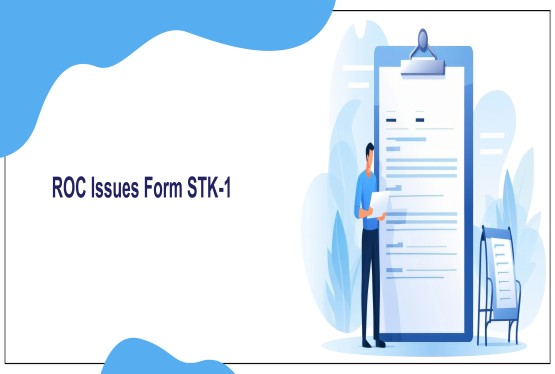






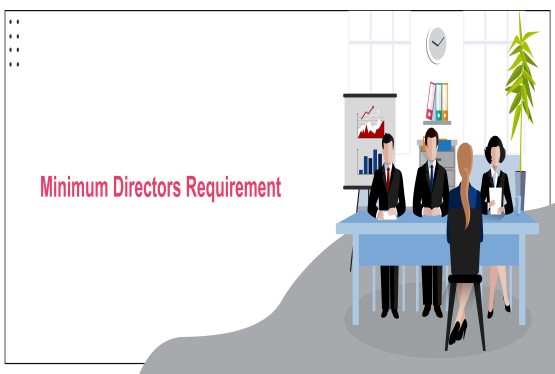

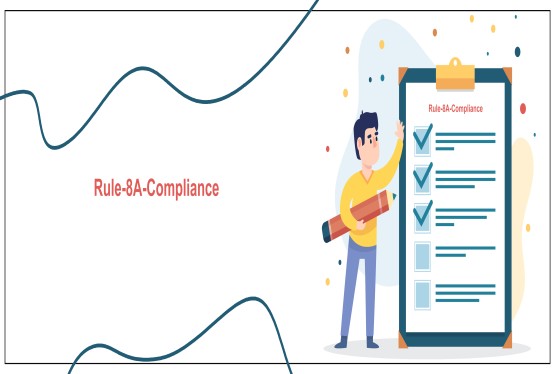
_learn_crop10_thumb.jpg)
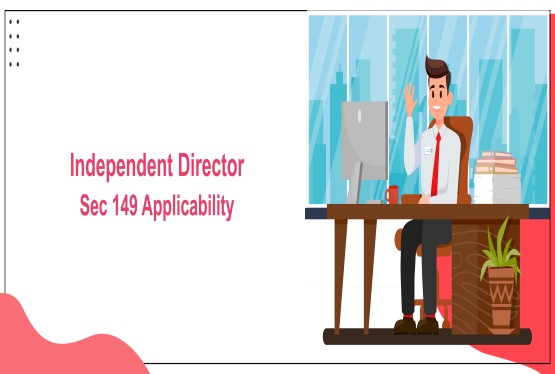
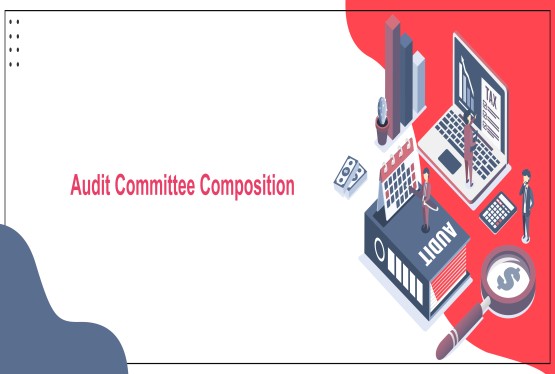
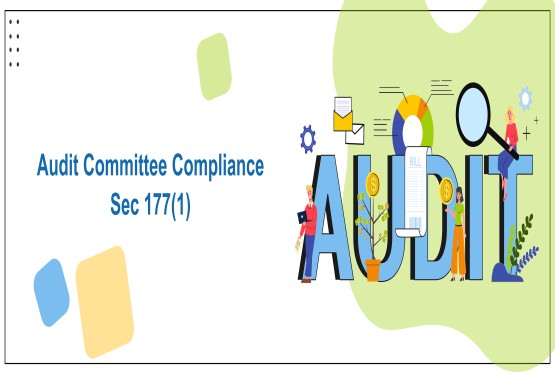



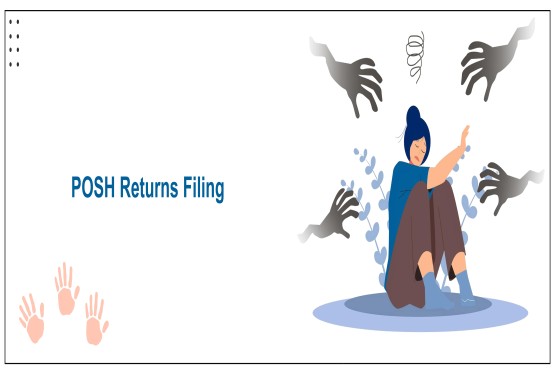
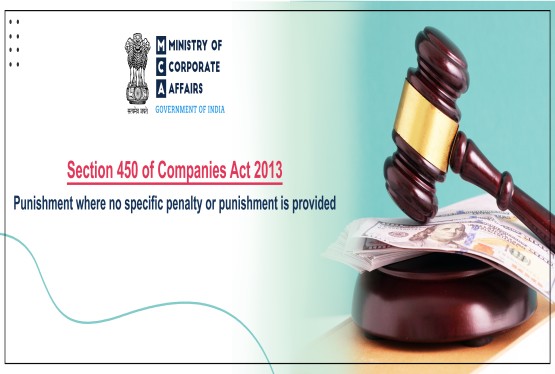

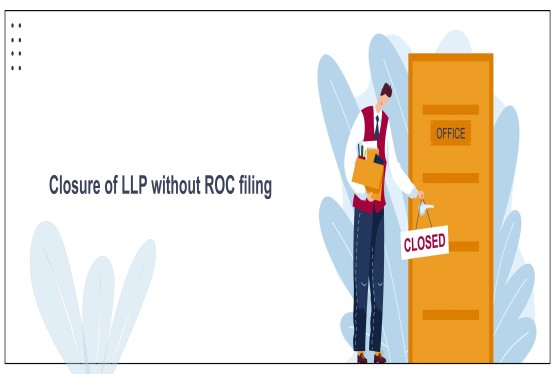
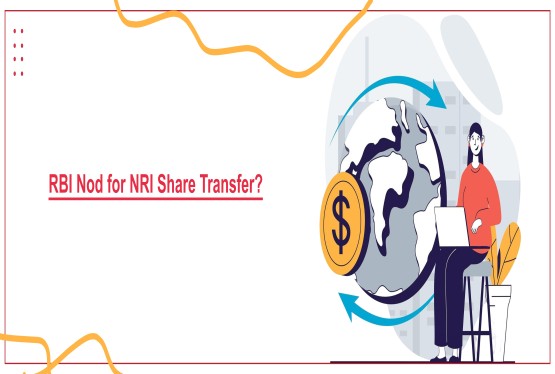

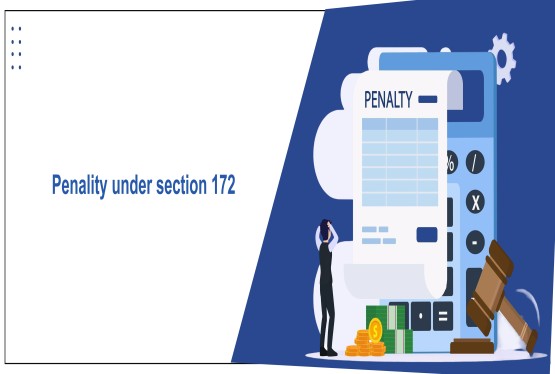

_learn_crop10_thumb.jpg)
_Learn_crop10_thumb.jpg)

